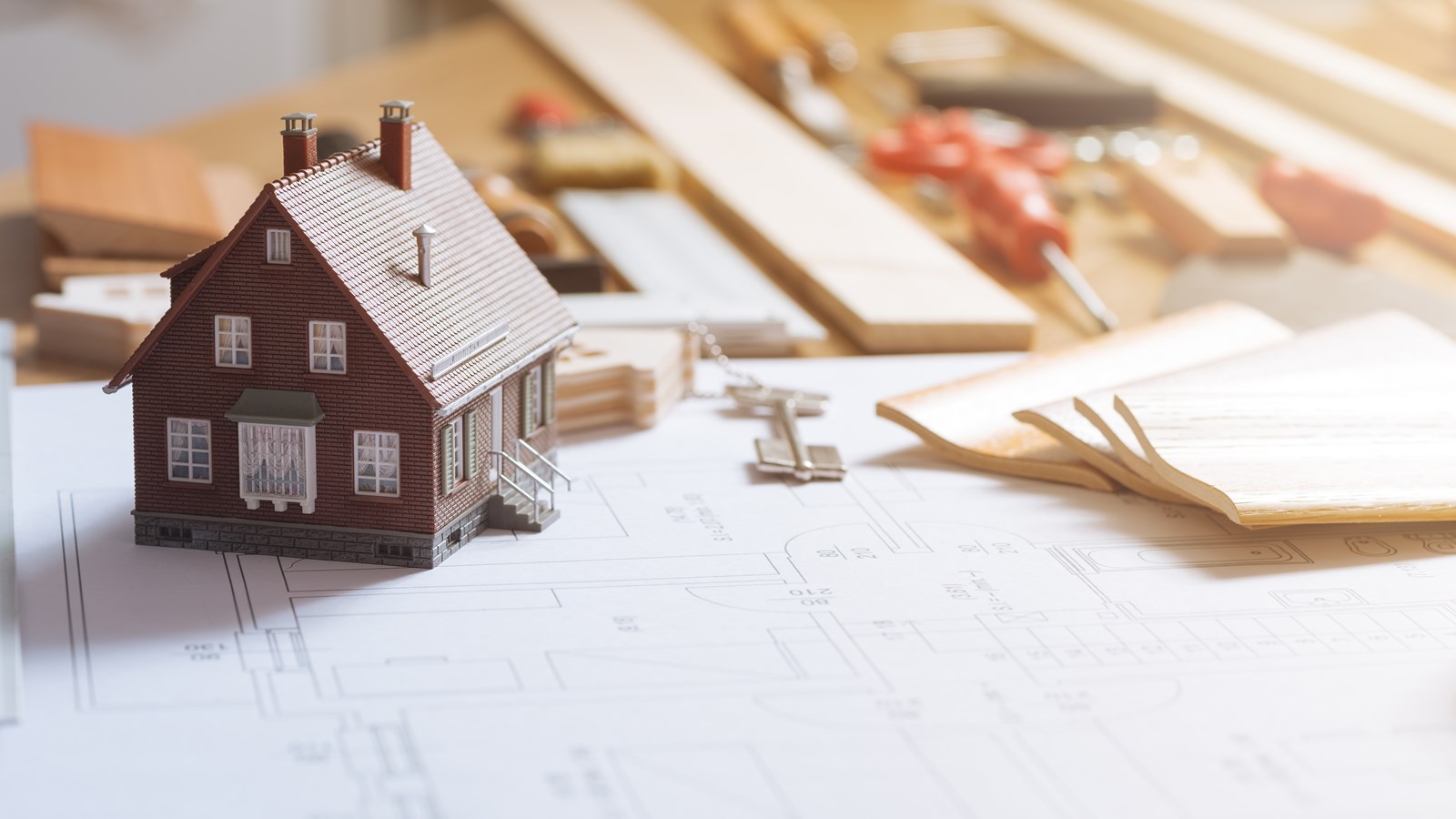For most people, buying a home is one of the biggest investments they will ever make. It represents more than just property — it’s your personal space, your memories, and often, your financial foundation. But with that investment comes risk. Natural disasters, theft, fires, and unexpected accidents can all lead to significant financial loss. That’s where home insurance steps in.
So, what is the use of home insurance? At its core, home insurance is a safeguard. It protects your home, your belongings, and your financial future from events beyond your control. Whether you’re a first-time homeowner or considering switching policies, understanding the purpose and benefits of home insurance is essential.
Protecting Your Home Structure
One of the main uses of home insurance is to protect the physical structure of your home. This includes the walls, roof, floors, and built-in appliances. In the event of a disaster such as a fire, storm, or vandalism, your insurance policy can help cover the repair or rebuilding costs.
Imagine your house is severely damaged by a lightning strike that causes a fire. Without insurance, you’d have to pay tens or even hundreds of thousands of dollars out of pocket. With the right home insurance, those costs are covered—minus your deductible—allowing you to rebuild and recover.
The dwelling coverage portion of your home insurance policy is what ensures this protection. It’s typically based on the replacement cost of your home, not the market value, which makes it essential to get an accurate estimate of what rebuilding would actually cost in today’s prices.
Coverage for Personal Belongings
Home insurance doesn’t just protect the walls of your house—it also covers what’s inside. If your personal belongings are stolen, damaged, or destroyed by a covered peril, your policy can help reimburse you for the loss.
Think of how much it would cost to replace your furniture, electronics, clothes, and valuables all at once. Most homeowners have tens of thousands of dollars in belongings without realizing it. Home insurance provides a safety net that ensures you won’t be left financially stranded if the worst happens.
Policies typically cover items whether they’re damaged in your home or stolen while you’re traveling. For high-value items like jewelry or artwork, you may need scheduled personal property coverage for full protection.
Liability Protection: Financial Safety From Lawsuits
Another critical use of home insurance is liability coverage. This protects you from financial loss if someone is injured on your property or if you accidentally damage someone else’s property.
For example, if a visitor slips on your icy driveway and breaks a leg, you could be held legally and financially responsible. Liability coverage helps pay for their medical expenses, legal fees, and any damages awarded.
Liability insurance also extends beyond your home. If your child accidentally throws a ball through a neighbor’s window or your dog bites someone at the park, your policy can help cover the costs. In a world where lawsuits are common, this coverage is an essential layer of protection for your personal finances.
Temporary Living Expenses After a Disaster
When a fire, flood, or other disaster makes your home uninhabitable, the loss of use or additional living expenses (ALE) portion of your home insurance kicks in. This helps cover the cost of living elsewhere while your home is being repaired or rebuilt.
Imagine your kitchen catches fire, and you can’t live in the house during repairs. ALE coverage pays for hotel stays, meals, and other necessary expenses you wouldn’t normally incur if you were still living at home.
This benefit ensures you can maintain a somewhat normal lifestyle even during a stressful and disruptive period. It’s one of the lesser-known uses of home insurance but can be a true lifesaver in difficult times.
Mortgage Requirement
In many cases, having home insurance isn’t just a choice—it’s a requirement. Most mortgage lenders demand that borrowers maintain homeowners insurance throughout the life of the loan. This is because the home acts as collateral, and the lender wants to ensure it’s protected in case of damage or disaster.
Without home insurance, your lender could force-place insurance on your property—often at a much higher cost and with less coverage. Therefore, maintaining your own policy is both financially wise and necessary to meet loan obligations.
Peace of Mind and Financial Stability
Beyond the technical benefits, one of the most important uses of home insurance is the peace of mind it provides. Knowing that you’re protected from unexpected and potentially devastating financial losses allows you to live more confidently.
Natural disasters, theft, and accidents are things you can’t always prevent. But with the right insurance policy, you can recover from them without falling into debt or losing your home. This stability is especially important for families and individuals with long-term financial goals.
Optional Add-Ons for Extra Protection
Standard homeowners insurance doesn’t cover everything. For added protection, many people choose to purchase riders or endorsements that address specific risks. These include:
- Flood Insurance: Not included in most policies; required in flood zones.
- Earthquake Insurance: Important for residents in seismic areas.
- Sewer Backup Coverage: Covers damage from sump pump or drainage failures.
- Identity Theft Protection: Reimburses costs related to identity recovery.
These add-ons ensure that you’re covered in more scenarios and help customize your policy to your needs. While they increase the cost, the financial protection they offer is often well worth it.
Home Insurance vs. Home Warranty: What’s the Difference?
Many homeowners confuse home insurance with home warranties. While both provide forms of protection, they are very different.
- Home Insurance covers unexpected damage from events like fires, theft, and storms.
- Home Warranty covers the repair or replacement of systems and appliances due to wear and tear, like HVAC, plumbing, or kitchen appliances.
Understanding this difference is crucial so you know what each policy does—and doesn’t—cover. Both can work together to provide full protection for your home and your peace of mind.
Choosing the Right Policy
Now that you understand the uses of home insurance, the next step is choosing the right policy. There are different policy types (like HO-3, HO-5, etc.), and coverage can vary widely between providers.
To get the best coverage:
- Assess your home’s value and potential risks.
- Take an inventory of your belongings.
- Decide how much liability coverage you need.
- Compare quotes from multiple providers.
- Ask about discounts for bundling, safety devices, or loyalty.
It’s also helpful to work with an insurance agent who can explain the details and help tailor a policy to your needs.
Conclusion
So, what is the use of home insurance? It’s simple: home insurance protects you from the financial consequences of unexpected events that could otherwise destroy your home, drain your savings, or put you in serious debt. From repairing fire damage to replacing stolen items, from covering a guest’s injury to paying for a temporary place to live—home insurance does it all.
In a world full of uncertainties, home insurance offers certainty. It ensures that when disaster strikes, you’re not facing it alone. Instead, you’re backed by a system designed to get you back on your feet quickly and affordably.
If you own a home, maintaining proper insurance isn’t just smart—it’s necessary. Evaluate your current coverage, shop around if needed, and make sure your policy truly fits your needs. Because protecting your home means protecting your future.




